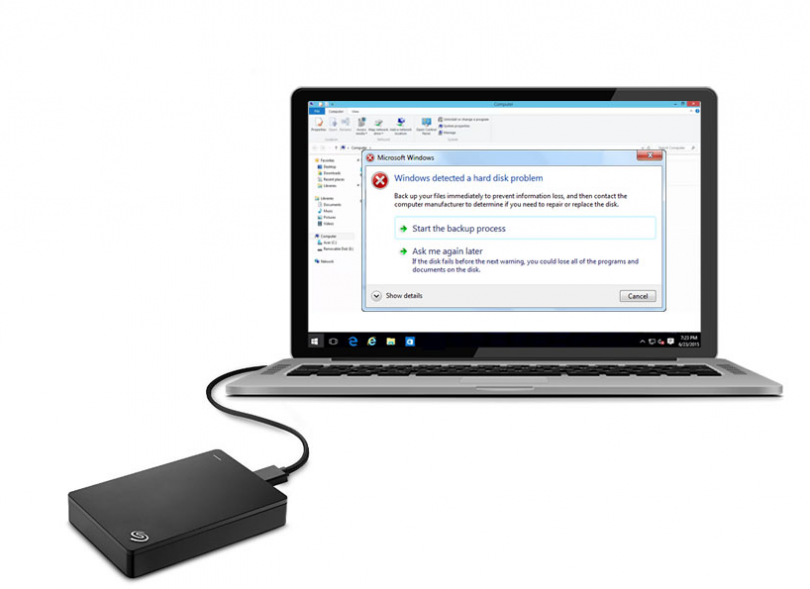
#Format hard drive without windows disc keygen
:max_bytes(150000):strip_icc()/003_how-to-format-a-hard-drive-2626077-5c3e82c6c9e77c00019f8939.jpg)
L and /L:enable forces format to use large size file records and /L:disable forces format to use small size file records.

By default, a non-tiered volume will be formatted with small size file records and a tiered volume will be formatted with large size file records. Overrides the default size of file record. Any open handles to the volume will no longer be valid. Files created on the new volume will be compressed by default.įorces the volume to dismount, if necessary, before it's formatted. This switch is ignored when /Q is specified. If count is zero, no additional overwrites are made after zeroing every sector. After that, the volume will be overwritten count times using a different random number each time. This option is not valid with the /F option. These two options together provide an alternative method of specifying the size of the disk that is being formatted. When possible, use the /F command-line option instead of /N. Specifies the number of sectors per track. These options together provide an alternative method of specifying the size of the disk that is being formatted. If you use the /T option, you must also use the /N option. When possible, use the /F command-line option instead. Specifies the number of tracks on the disk.

If you omit the /V command-line option or use it without specifying a volume label, format prompts you for the volume label after the formatting is complete. Specifies the type of file system (FAT, FAT32, NTFS, exFAT, ReFS, or UDF). If you do not specify any of the following command-line options, format uses the volume type to determine the default format for the disk.

Specifies the mount point, volume name, or drive letter (followed by a colon) of the drive that you want to format. Syntax format volume ] įormat volume įormat volume For more information about the recovery console, see Windows Recovery Environment (Windows RE). You can also use the format command, with different parameters, from the Recovery Console.


 0 kommentar(er)
0 kommentar(er)
